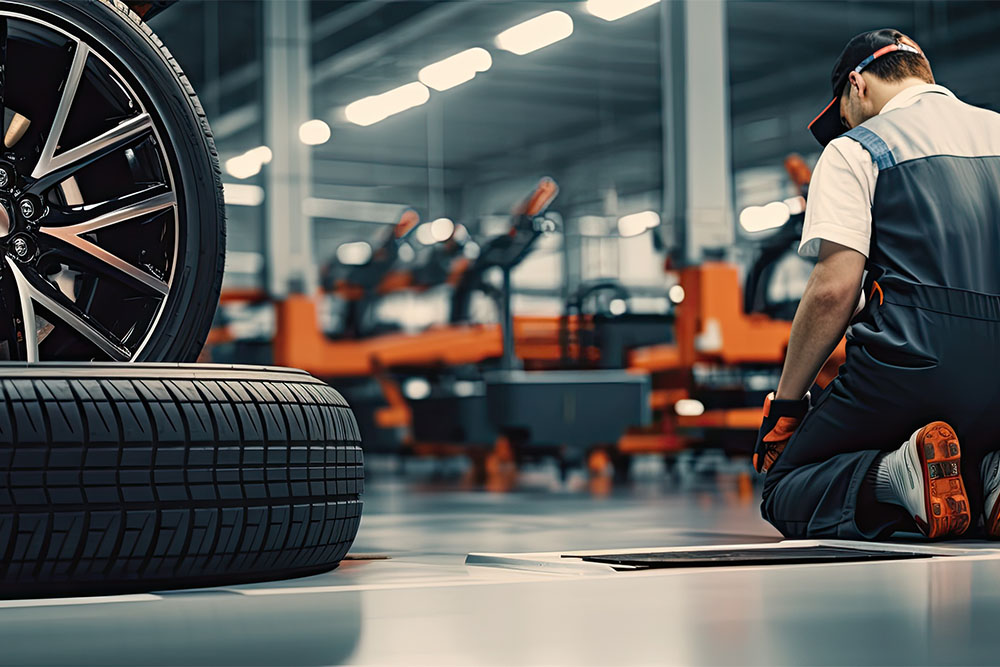TIRE TIPS

Maximizing Tire Lifespan: A Guide to Front Wheel Drive Tire Rotation
Tire rotation is a vital vehicle maintenance activity mostly overlooked by many automotive owners. Regular tire rotation is your answer to the longer lifetime of your new tires and your fuel efficiency. The tire rotation activity is a tire maintenance approach that is ideal for improving your driving experience and prolonging the lifespan of your tires. This guide highlights tire rotation basics and how it can control tire wear.
Understanding What Tire Rotation Is
Tire rotation involves switching the front tires to the back and the rear tires to the front. This helps enhance automotive tire wear patterns whether in front or four-wheel drive trains. Left and right tires are also switched to prevent uneven tire wear.
Why Should You Rotate Your Tires?
Tire rotation helps the tires wear out evenly. Much pressure is exerted on the front wheel by front wheel drive vehicles due to friction and reduced front tire tread. Regular tire rotations also improve the vehicle’s handling leading to optimal performance. It helps reduce uneven tread wear, prolonging tire replacement.
When Should You Rotate Your Tires?
The tire rotation interval depends on different factors, including the type of tire-whether a summer or winter tire, the tire size, tire pressure, driving conditions, and driving habits. The vehicle’s owner’s manual shows the oil change date and tire manufacturer recommendations. The vehicle manufacturer’s manual should give you a head start on your next service. Additionally, monitor tire performance regularly and rotate your tires with a sense of the slightest uneven wear.
Front Wheel Drivetrain Tire Rotation Patterns
Tire rotation is determined by the type of vehicle or the tire type. Rotation patterns differ in front-wheel drive and rear-wheel drive vehicles. All-wheel drive train vehicles also get a different rotation pattern. You can also have directional or nondirectional tires that determine their turn direction. Directional tires can only turn in one direction depending on their tread depth, while nondirectional tires turn in any direction.
Some common rotation patterns are forward cross rotation, rearward cross pattern, x-pattern rotation, and full rotation. For front-wheel-drive vehicles, three types of tire rotation patterns can be used for non-directional tires of the same size. You switch the tires from front to back on the same side while the back tires move from front to side. That means the left tire moves to the right front while the right rear takes the left front.
Another option available for front-wheel drive vehicles is moving the front tires to the opposite sides on the rear, and the rear side moves to the opposite side of the front of the vehicle’s tires, which are of the same size. A spare tire is another thing that might affect your rotation pattern. For a full-size spare, increase its accessibility and put it in the rotation pattern to avoid uneven tire wear.
Visit our tire shop at TreadNation and get comprehensive tire care knowledge that will improve your vehicle’s performance and driving experience. You will not go wrong on your tire maintenance, tire replacement, and wheel alignment with a longer warranty.

